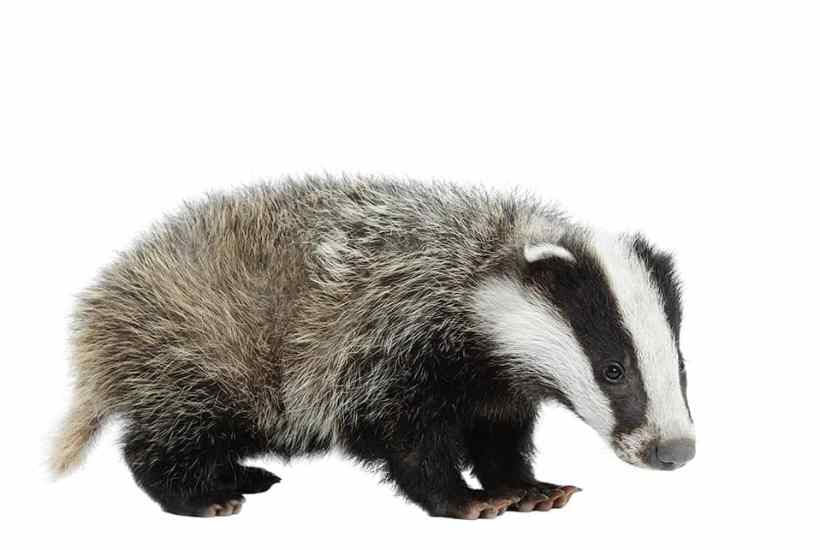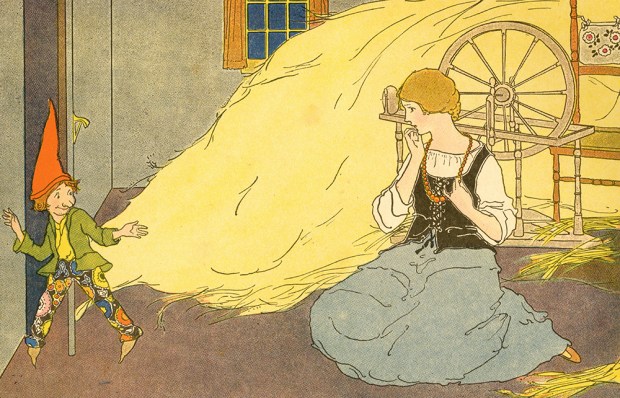My dog was bitten by an adder last week. Jessie had been snuffling around in bracken a few yards from where I was walking when I suddenly heard this anguished yelp, followed by still more disquieting, even harrowing yelps. I knew immediately exactly what had happened. I have been boring my family for months with warnings about where not to take Jessie for a walk, because of the adders. They think adders are a manifestation of my warped imagination and do not really exist, possibly something dreamed up by the QAnon people. They never believe me when I tell them anything about animals and yet – ironically, you might think – it is one of the very few things I do not lie to them about.
I was not lying about the adders. Poor Jessie, now in great pain and whining, was bundled in the back of my car and driven 20 miles to Alston – in a different county – the site of the nearest vet with anti-venom. I left the surgery substantially poorer (the anti-venom is so expensive because it is imported, I was told: the same excuse they give you for the price of Lurpak) and with a pitifully whimpering dog. She remained whimpering for two full days and I paced around her, full of guilt. I felt bad because I had the ridiculous suspicion she knew that I was a member of virtually every pro-adder campaigning group on the planet.
As ever, these groups vary between the moderate – people who think it would be nice if we prevented the adder from going extinct – to the radical: those who think adders should be let loose in primary schools, included in the LGBTQ(A) category of creatures with protected characteristics, put on shortlists for jobs, awarded honorary degrees, etc. These latter are the groups who when you explain you couldn’t give a toss about adders tell you that silence is violence and that you are personally exterminating these totally harmless snakes by your refusal to take action.
After Jessie was bitten, I was determined to take action. For a period of 48 hours I turned into Liam Neeson. I had visions of catching an adder and punching it, hard, in the face, knocking its stupid fangs out. I wandered the garden with my BB gun, which I bought to remonstrate with cats, in the hope that an adder might heave into view (they sometimes hang out in our woodshed). I shouted anti-adder abuse towards popular adder locations nearby – stuff like ‘I’ll rip your skin off, you cold-blooded nonce’.
As I say, this psychotic episode lasted for two days, after which both I and the dog returned to our more familiar dispositions: sniffing crotches, farting continually and jumping up to lick visitors in my case. I was reminded of a truism – that vermin are simply animals who get in our way or cause us a bit of hassle. I silently renounced my two days of being berserk and gave some more money to the People’s Front for the Liberation of Adders.
From her column last week, I assume my lovely friend and colleague Mary Wakefield was going through a similarly psychotic episode after having perhaps found the remains of a hedgehog that had provided a handy dinner for a passing badger. In her piece, she announced her support for a continuation of the government’s ludicrous badger cull, on the grounds that badgers are the chief predators of hedgehogs and thus possibly responsible for the declining numbers of these delightful little creatures.
Hitherto, the only people who have signed up to this odd theory are the badger-strangling mentalists of the National Farming Union – and for the good reason that it is a pretty ridiculous suggestion. Badgers and hedgehogs have lived side by side for centuries without hedgehogs rolling in a ball towards extinction. They have found it much, much harder to live with pesticides (which destroy their food source), rapid urban development, people paving over their front gardens so they can park their hideous bloody Nissan Qashqais on them, slug pellets…There’s an almost endless list of stuff we have done to diminish the hedgehog population.
It is a bit rich, then, to lump the blame on badgers. As the chief hedgehog charity (the Democratic Socialist Hedgehog Action Group or Hedgehog Street – one of the two) puts it: ‘Although badger numbers have boomed, there is little evidence that suggests they are the main reason why hedgehogs are in trouble. The two rarely see each other in gardens, yet hedgehogs are struggling in gardens as much as they are in the countryside. Hedgehogs are also doing badly in rural places where we know few badgers live, like East Anglia.’
Quite. Incidentally, some anecdotal evidence. The street I live on in Saltburn is full of Victorian terraces, each with its own tiny front garden – none of which has been paved over with a dropped kerb. It is alive with hedgehogs, as well as swallows, sparrows, starlings and so on.
More to the point is that culling badgers has not remotely worked in the battle against bovine tuberculosis, despite the slaughter of more than 140,000. The latest report into the cull’s efficacy was published in Vet Record, the organ of the British Veterinary Association, in March this year. Independent and peer-reviewed, it concluded: ‘Analyses based on Defra published data using a variety of statistical methodologies did not suggest that badger culling affected herd bTB incidence or prevalence over the study period. In nine of ten counties, bTB incidence peaked and began to fall before badger culling commenced.’
The government did everything it could to keep this paper from being published, including contacting Vet Record and bullying them into dropping the report. It was then forced to apologise for having made unsupportable criticisms of the study. The cull has been a grisly waste of time and has benefitted neither farmers nor hedgehogs.
Got something to add? Join the discussion and comment below.
Get 10 issues for just $10
Subscribe to The Spectator Australia today for the next 10 magazine issues, plus full online access, for just $10.
You might disagree with half of it, but you’ll enjoy reading all of it. Try your first month for free, then just $2 a week for the remainder of your first year.















Comments
Don't miss out
Join the conversation with other Spectator Australia readers. Subscribe to leave a comment.
SUBSCRIBEAlready a subscriber? Log in